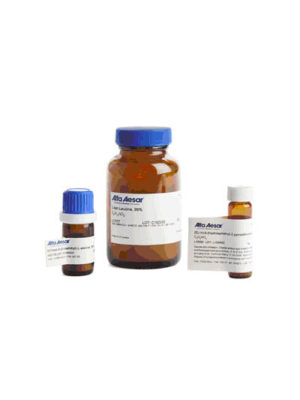Hydrobromides

Hydrobromides
Hydrobromides are salts, formally resulting from the reaction of hydrobromic acid with an organic base. Hydrobromides are usually more soluble in aqueous solutions than the corresponding bases. In a typical purification process, crude base is treated with hydrobromic acid to form a salt, and subjecting the salt formed to a re-crystallisation step to obtain a pure product. Alkyl anisoles can be demethylated by refluxing with pyridine hydrobromide. Pyridine hydrohalides have been reported to effectively activate the reaction of tralkyl phosphites with various C=X electrophiles: aldehydes, ketones, ketophosphonates, aldimines, ketimines, isocyanates, isothiocyanates, and activated olefins. This reaction is a convenient method of synthesis of hydroxyphosphonates, aminophosphonates, carbamoylphosphonates, carbamoylthio phosphonates, and methylenebisphosphonates.
These compounds find applications in crystallization, purification, isolation and in synthesis of chemical compounds. Stability of compounds could also be improved if they are made as a hydrobromide addition salts. Examples of medicinal compounds as hydrobromide include: dextromethorphan hydrobromide, citalopram hydrobromide, hyoscine hydrobromide, fenoterol hydrobromide, homatropine hydrobromide, eletriptan hydrobromide, galantamine hydrobromide and darifenacin hydrobromide.


